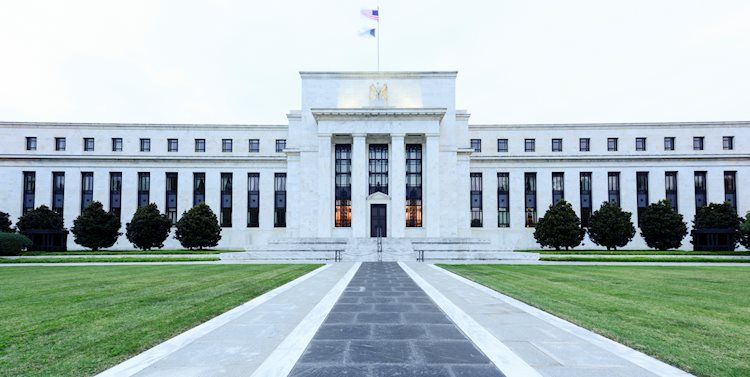China’s birth rate has plummeted for the fifth year in a row, hitting a new record low in 2021, despite government efforts to encourage couples to have more children in the face of a looming demographic crisis.
The world’s most populous country recorded 10.62 million births last year, or just 7.5 births per 1,000 people, according to China’s National Bureau of Statistics — marking the lowest level since communist China’s founding in 1949.
The number of births was enough to outnumber deaths, with the population growing by 480,000 to 1.41 billion. The natural growth rate dropped to 0.034%, the lowest since the great famine in China from 1959 to 1961, which killed tens of millions of people and led to a population decline.
New births in 2021 are down 11.6% from 12.02 million in 2020 – a smoother decline than the 18% drop that year from 14.65 million in 2019. Chinese demographers have warned that if the trend decline continues, China’s population may soon shrink.
Ning Jizhe, head of the National Bureau of Statistics, said the decline in births resulted from a combination of factors, from “a decrease in the number of women of childbearing age, a continuing decline in fertility, changes in attitudes towards pregnancy and delays in pregnancy.” of marriage by young people”, including due to the pandemic.
The birth rate drop comes as the Chinese government ramps up efforts to encourage families to have more children, after realizing that its one-child policy has contributed to a rapidly aging population and a shrinking workforce, which could hurt. seriously affect the economic and social stability of the country.
To stem the falling birthrate, the Chinese government announced in 2015 that it would allow couples to have two children. But after a brief rise in 2016, the national birth rate has been falling year on year, prompting authorities last year to further loosen the three-child policy.
Ning, the Chinese statistics officer, said that in 2021, 43% of children born were the second child in a family. He said the three-child policy should gradually increase births and that “China’s total population will remain above 1.4 billion for a period of time.”
For decades, local governments have forced millions of women to abort pregnancies deemed illegal by the state under the one-child policy. Now, they are churning out a barrage of propaganda and policy slogans to encourage more births. Common incentives include cash donations, real estate subsidies and extended maternity leave.
Last year, more than 20 provincial or regional governments amended their family planning laws, including extending maternity leave for women.
For example, the eastern province of Zhejiang offers 188 days of maternity leave for a third child; and in the northern province of Shaanxi, women can enjoy 350 days of paid leave to have a third child, according to state media reports.
But the policies have failed to convince many women, who fear they will be further disadvantaged as companies seek to avoid the extra financial burden.
The high cost of raising children is also holding back parents from having more children, especially among the country’s growing middle class.
China’s high property prices and rising education costs, especially in big cities, have often been cited in surveys as the main factors preventing couples from having more children.
Both sectors have been put in the spotlight this year, with the debt crisis surrounding real estate giant Evergrande and the Chinese government’s sweeping crackdown on the tutoring industry.
Reference: CNN Brasil
I’m James Harper, a highly experienced and accomplished news writer for World Stock Market. I have been writing in the Politics section of the website for over five years, providing readers with up-to-date and insightful information about current events in politics. My work is widely read and respected by many industry professionals as well as laymen.






